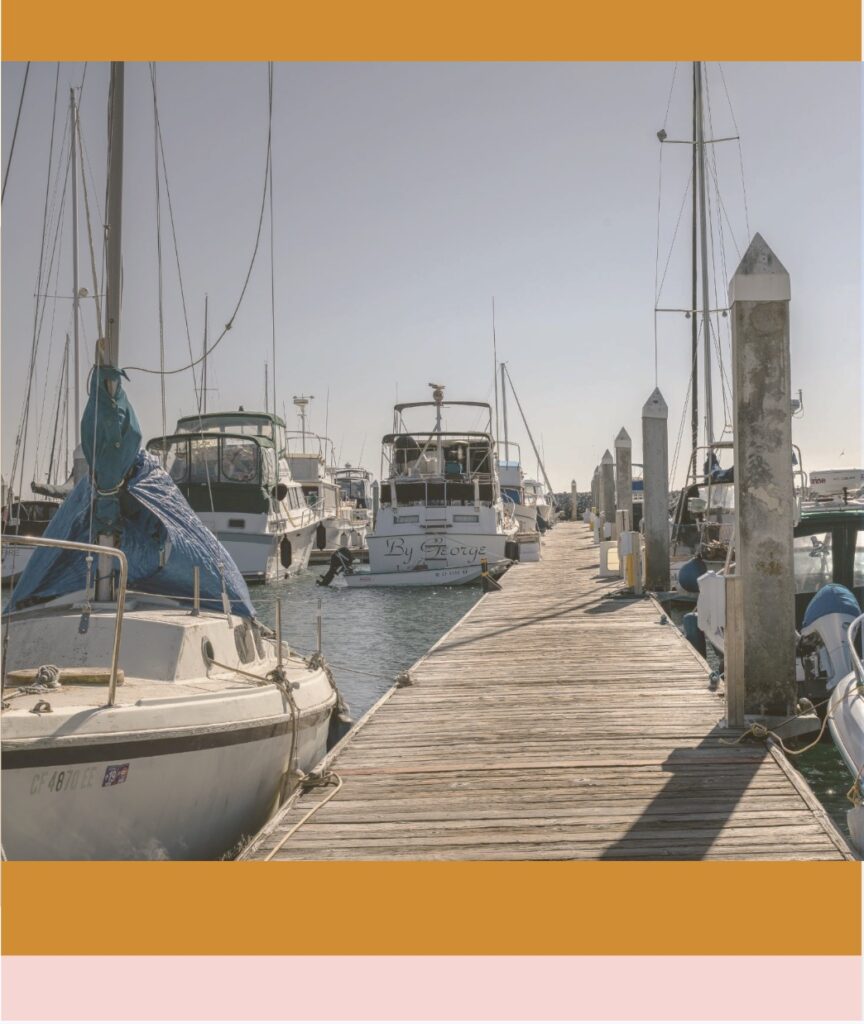Our team designed a consumer-facing app to install remote boat monitoring hardware and provide access to real-time boat status. We also designed a SaaS tool for boat mechanics to manage boating data.
Team: One Agile scrum team, including a designer, product strategist, Scrummaster, QA, and engineering. I was the researcher.
Problem to solve: Our client was confident that the app should support a DIY install, so we started the engagement there. Our fast-follow tasks included enhancing the usability of the interface for boaters of various skill levels using the app in a variety of environments.
Approach: I gathered data by visiting harbors to perform contextual inquiry, leading in-depth interviews, and performing iterative evaluative prototype testing. Readouts, personas, and videos helped the client understand the complexity of installation paired with the why of the boating attitude (“I come here to unwind”) along with simplifying the monitoring experience.
Deliverables included Jobs To Be Done, personas, design principles, journey maps, and feature refinement. Over the course of the year on the project, methods and tasks included:
- Tens of in-depth interviews
- Dozens of rounds of usability testing (once we reached development, it was one round every two weeks) with five to eight participants each
- Dozens of site visits for contextual inquiry
- Intercept testing at three boating community events
- Analysis via affinity diagraming, thematic coding, and the rainbow spreadsheet as appropriate
- Participant management
Impact: The client changed their go-to-market strategy, pivoting to a factory-floor install rather than DIY, to drive adoption.
Lessons Learned: An ambitious schedule (1 full round of research every 2 weeks) managed independently led to some burnout. Fortunately, being by the water helped 😉, but for future projects, I created a more sustainable schedule and established ResearchOps support.
To respect client privacy, case studies have been anonymized.
